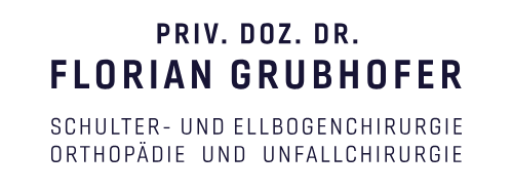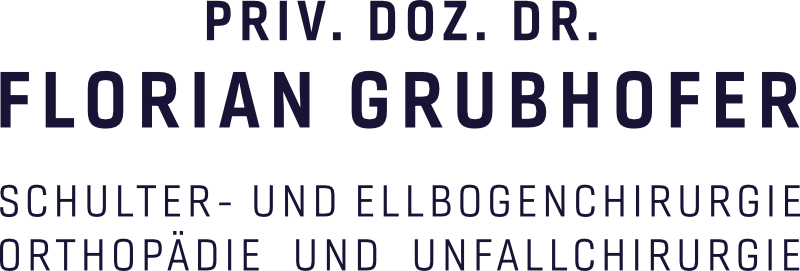What are Tennis Elbow and Golfer’s Elbow?
Tennis elbow (lateral epicondylitis) and golfer’s elbow (medial epicondylitis) are caused by overuse, improper loading, or wear and tear of the tendons at the elbow. These conditions result in small degenerative tears in the tendon origin areas:
• Tennis Elbow: affects the tendon attachments on the outer epicondyle (outside of the elbow).
• Golfer’s Elbow: affects the tendon attachments on the inner epicondyle (inside of the elbow).
Although the term “epicondylitis” suggests an inflammatory process, it is misleading. Instead of an inflammation, it refers to degenerative changes causing pain in the affected area.
Interestingly, only about 9% of patients with tennis elbow actually play tennis. Static strain from professions such as hairdressing, dentistry, or office work can also lead to these conditions.
What are risk Factors for development of a tennis or golfer´s elbow?
The causes of tennis elbow or golfer’s elbow are not always clear. However, specific stressors can contribute to their development:
• Tennis Elbow:
• A grip that is too large or too small.
• Excessive string tension in the racket.
• Technical errors in stroke execution.
• Golfer’s Elbow:
• Improper grip size of the golf club.
• Technical issues, such as excessive wrist flexion.
In many cases, no specific cause can be identified. However, addressing potential risk factors—such as technique or grip adjustments—is essential in therapy.
How are Tennis Elbow and Golfer’s Elbow Treated?
A Finnish study revealed that over 90% of cases heal spontaneously within one year, even without treatment. Nevertheless, effective therapeutic approaches can support recovery:
1. Physical Therapy and Targeted Exercises:
• Eccentric and concentric training of the affected tendons stimulates stem cells and promotes parallel organization of collagen fibers. This leads to stable scar formation and pain relief.
• Immobilization, on the other hand, encourages disorganized collagen formation, resulting in weaker scarring.
2. Avoiding Cortisone Injections:
• Cortisone delays healing and should only be considered in exceptional cases. Multiple cortisone injections are contraindicated.
3. PRP Injections (Platelet-Rich Plasma):
• Studies demonstrate that PRP injections significantly alleviate symptoms within the first 2–3 months. However, this effect is no longer evident after one year.
4. Surgical Intervention:
• In rare, therapy-resistant cases, surgical reattachment of the tendons may be necessary.
Do Braces or Acupuncture Help?
• Braces or Orthoses:
Studies have shown no clear benefit. As a result, leading orthopedic societies no longer recommend their use.
• Acupuncture and Shockwave Therapy:
The effectiveness of these methods remains controversial. While some studies suggest positive effects, randomized controlled trials have not demonstrated a significant benefit compared to placebo. Due to their low risk, these methods can still be considered as potential treatment options.

